
 |
|
|
Looking Ahead
Volume 63 Number 6 Date 06/07/2018 ALFALFA WEEVIL - Larval counts are less than one per sweep and leaf feeding damage is still below the 40% economic threshold in most remaining first-crop alfalfa fields, but defoliation is likely to increase sharply in the week ahead now that the weevil larvae are larger and capable of consuming more foliage. Continued scouting is recommended until second-crop regrowth is established. SOYBEAN APHID - Colonization of soybeans was documented for the first time this season on June 4. Surveys found aphids in six of 25 soybean fields sampled, in Grant, Iowa, Lafayette and La Crosse counties. Densities were extremely low at 1-2 aphids per infested plant on only 1-8% of the plants examined. This observation confirms that aphid dispersal to soybean fields is underway. EUROPEAN CORN BORER - The spring flight is expected to peak by June 14 across the southern and central counties. Moths are appearing in black light traps and egg deposition is occurring as far north as Wausau. CODLING MOTH - Counts declined overall from last week but remained high in some apple orchards. A definite potential exists for damaging populations if treatments directed against first-generation larvae are improperly timed. Applications have already started in the southern Wisconsin, while apple orchards in the central and northern areas are approaching the post-biofix 250-degree days (modified base 50°F) mark at which first larvicide treatments are recommended. Counts for the period of May 31-June 5 ranged from 0-46 moths per trap, with 13 of 27 apple orchards reporting high or economic captures exceeding the weekly five moths per trap threshold. EASTERN TENT CATERPILLAR - Pupation has started in advanced areas of southern Wisconsin. The first moths should begin emerging in another week. -- Krista Hamilton, DATCP Entomologist 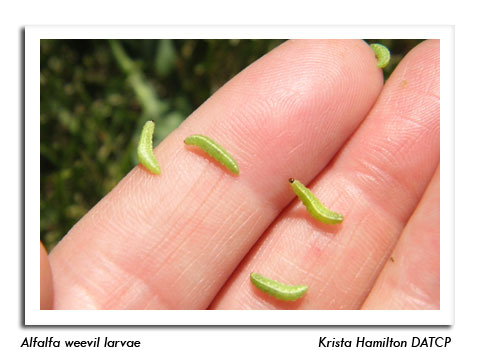
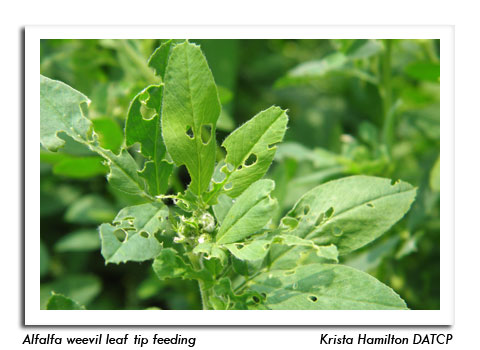
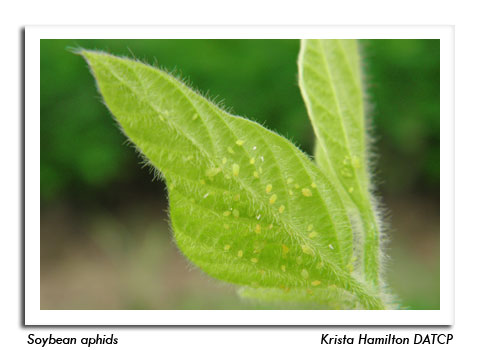

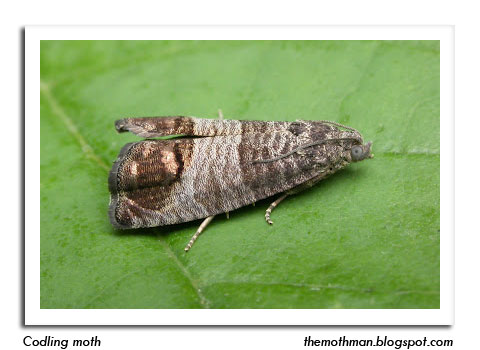
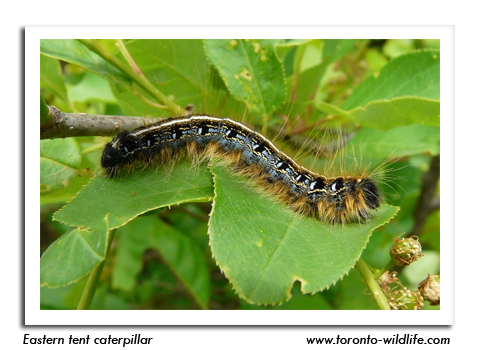
|
|
|